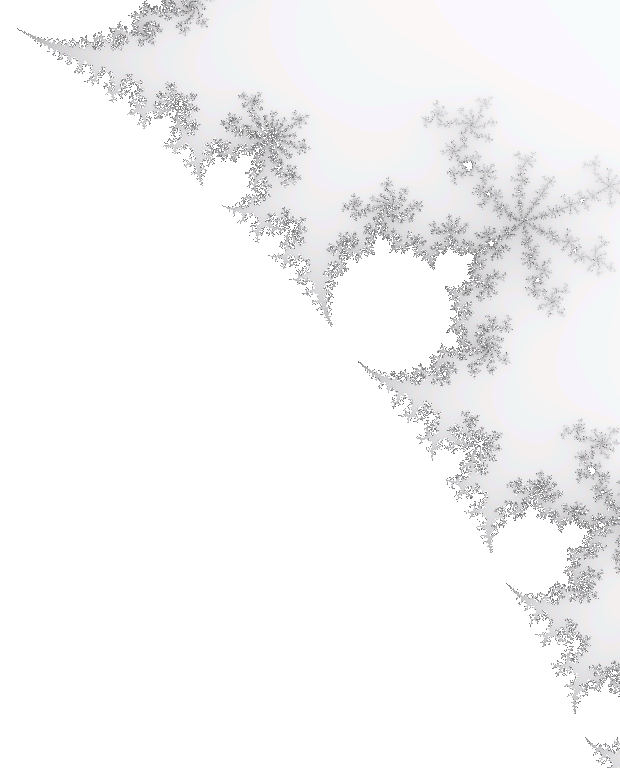Introduction to limits
Cet article est en anglais car il s'inscrit dans le cadre de la Math Twitter Blogosphere (MTBoS). La première mission consiste à écrire un article sur un problème ouvert que l'on affectionne, ou une particularité qui ferait que nous sommes unique en tant que professeur.
J'ai choisi de parler de mon activité d’introduction aux limites. Voici un lien vers mon annonce sur le site MTBos.
Table of Content
1. Introduction
Note : I'm not used to write maths in English, so please flag anything that is not right in the comments.
Hi ! This is my first mission (see my announce) in the Math Twitter Blogosphere. I eventually decided to blog about an open-ended problem I love to present to my students. Or is it really open-ended? Anyway… It goes as follow (see the original page in French) :
2. The activity
Every number that we ask you to find should be a natural integer.
- Find a number greater than, or equal to 1000.
- Find the smallest number greater than, or equal to 1000.
- Find the greatest number greater than, or equal to 1000.
- Find a number of which the square is greater than, or equal to 1000.
- Find the smallest number of which the square is greater than, or equal to 1000.
- Find the greatest number of which the square is greater than, or equal to 1000.
- Find a number of which the square root is greater than, or equal to 1000.
- Find the smallest number of which the square root is greater than, or equal to 1000.
- Find the greatest number of which the square root is greater than, or equal to 1000.
I'll not detail here (lack of time) the remaining questions :
- Same questions with 1,000,000 instead of 1,000.
- Same questions (1,000 and 1,000,000) for $n^2 - 10n + 1$ instead of $n^2$ or $\sqrt{n}$.
- Same questions but the inverse of the number to find should be lower than 0.001 (and is there a smallest available? a greatest?).
- Same questions with composed functions using square, square root, inverse and the polynomial function above.
3. Why I find it interesting
3.1. Earlyness
This activity is done very early in the scholar year. This sets up a direction. Some of the ideas below are important throughout the year.
3.2. Reading sentences
Students are not used to read complete sentences in maths. As we'll go through some quite long proofs this year, I can see who will need some help very early.
3.3. Easyness, triviality, simplicity and infinity
The first three questions are my favorite, even if they don't help very much for the exam.
Find a number greater than, or equal to 1000.
Simply fun. Let's check the answers all together. Time to go :
- personal like 1234,
- humble like 1,000,000,000,
- simple like 1001,
- minimal like 1000…
Fun.
Find the smallest number greater than, or equal to 1000.
If ever you give this activity, at this moment you'll feel the proudness of your brilliant students. I'm joking of course but, seriously, every student (nobody will fail) will be proud, even those who think they're not made for maths.
Find the greatest number greater than, or equal to 1000.
Quite similar to the preceding question, but the infinity is now around the table. No need to insist, explain, detail, it will stay with us for many other situations.
Find a number of which the square is greater than, or equal to 1000.
This question helps me to show that at the exam, a good answer does not need to be optimal. The ones who answer 100 because they know that its square is 10,000 and they know that 10,000 is greater than 100 make a very good point.
A quick and good answer is the queen.
Find the smallest number of which the square is greater than, or equal to 1000.
Back to reality. Back to the calculator.
Find a number of which the square root is greater than, or equal to 1000.
Find the smallest number of which the square root is greater than, or equal to 1000.
Find the greatest number of which the square root is greater than, or equal to 1000.
Here the main concepts are already understood. For our first serious definition that will come right after these examples we just need another function, quite similar, but with another shape. The definition :
For any $M$, there exists an $N$ for which $n \ge N$ implies $u_n \ge M$.
3.4. Logic and inequalities
If $n>1000$, is $n \ge 1000$ ? Some students will be a little shocked to
see this with $n$. If it's not 1000, it cannot be equal to 1000.
Eventually they will admit it for any known number, then for any $n$.
Is a square a rectangle?
3.5. Powers of ten
This activity is also good for recalling memories, like these important equalities : $$10^a = 1\underbrace{0…0}_{a~\text{zeroes}}$$ $$\left( 10^a \right)^2 = 10^{2a}$$ $$\sqrt{ 10^a } = 10^{\frac{a}{2}}$$ $$\frac{1}{ 10^a } = 10^{-a} = 0.\underbrace{0…1}_{a~\text{digits}}$$
A bit of culture doesn't hurt :
4. Conclusion
Thanks reading and leave a comment !
